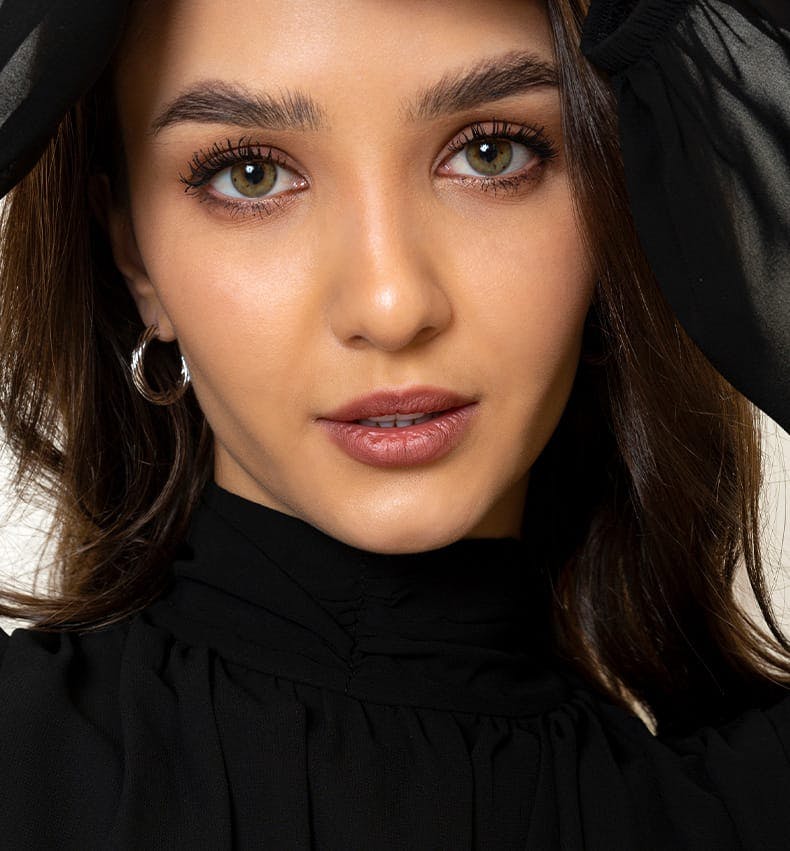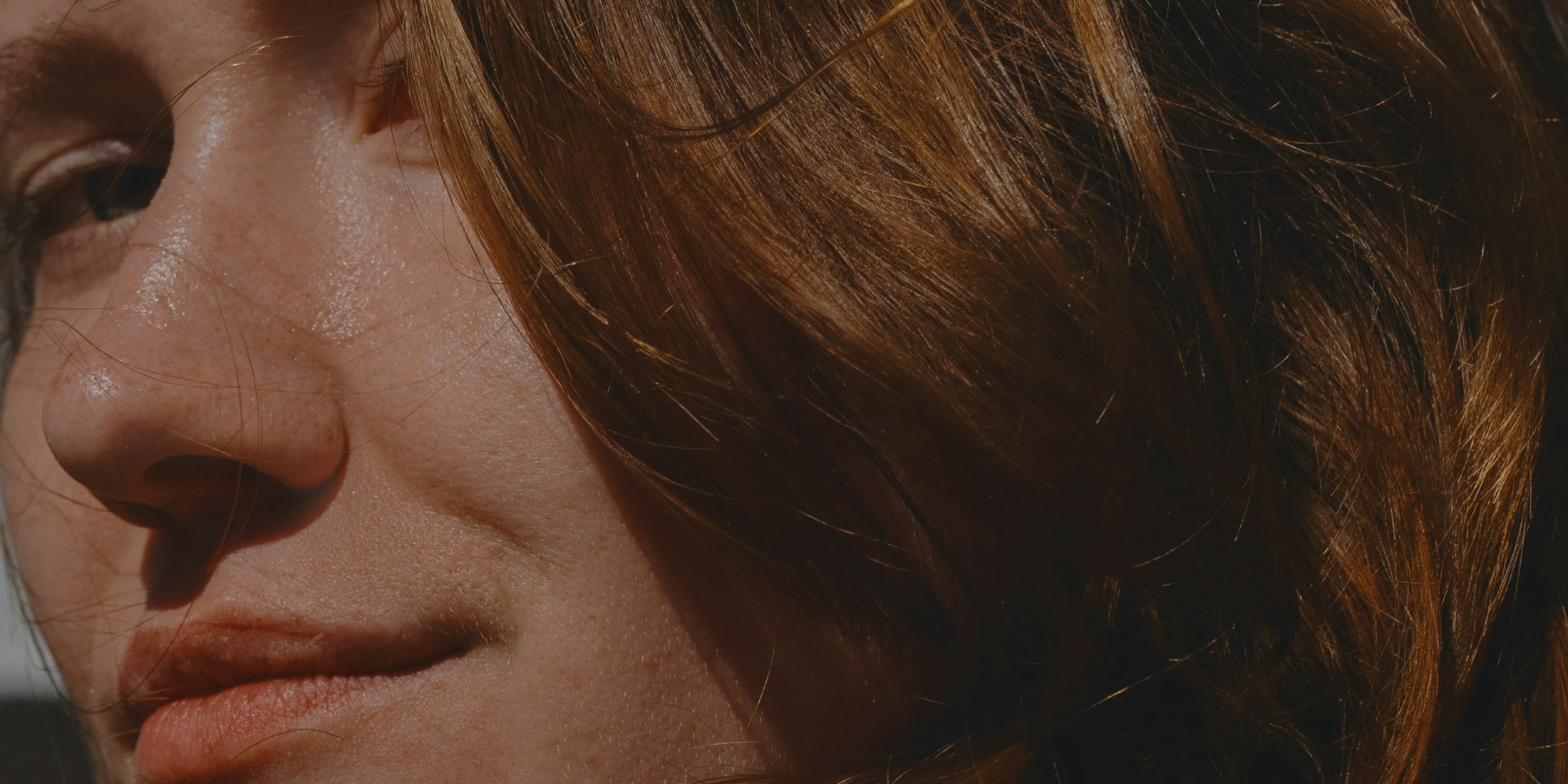Unlock a smoother, more youthful look with our BOTOX in San Francisco. Say yes to natural results, minimal downtime, and a refreshed you!
Explaining BOTOX
Botulinum A toxin (BOTOX) is a therapeutic protein derived from the C Botulinum bacteria. Injected in small doses, BOTOX has been safely used for many years, working to temporarily paralyze the affected muscles to soften facial imbalance and release muscle spasms. BOTOX helps treat:
- Eyelid spasm
- Eye muscle spasm that causes crossed eyes
- Correction of facial muscle imbalance
- Neck muscle spasm
More recently, BOTOX Cosmetic has been used to relax the active facial muscles that create seemingly permanent creases between the eyebrows, on the forehead, and around the eyes over time. The same principles that make BOTOX Cosmetic effective as a medical treatment make it efficient as a cosmetic treatment. Injecting small amounts of BOTOX Cosmetic into these active facial muscles results in localized paralysis and a smoother, more relaxed facial expression.












